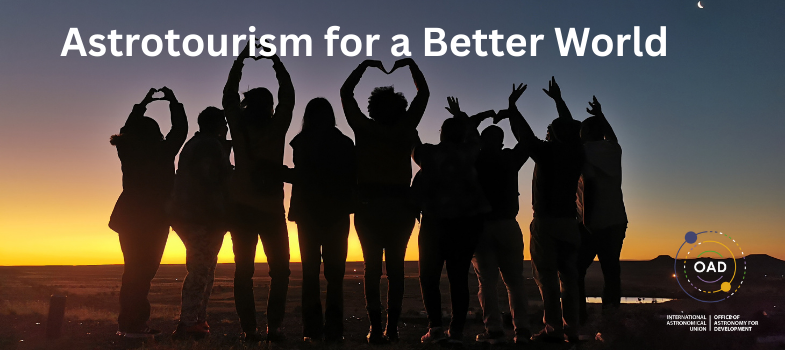The Solar System (Part 3)
The Moon
The Moon is Earth’s constant companion. Its phases, new moon, crescent, half, gibbous, and full, are caused by its changing position relative to Earth and the Sun, cycling every 29.5 days. These phases guided ancient calendars and farming cycles, and they still shape cultural rituals today.
When the Moon passes directly between Earth and the Sun, it creates a solar eclipse. When Earth’s shadow falls on the Moon, we see a lunar eclipse, often turning the Moon a coppery red.
The Moon also drives Earth’s tides, its gravity pulling at our oceans. This simple rhythm of rising and falling seas has shaped coastal ecosystems, navigation, and human culture. Its cratered surface tells the story of impacts across billions of years, while its dark plains, called maria, are ancient lava flows.

Asteroids, Comets, and Meteors
The solar system is full of smaller worlds that add richness to its story.
Asteroids are rocky bodies, most of them orbiting in the asteroid belt between Mars and Jupiter. They are remnants of the early solar system, leftovers that never formed into planets.
Comets are icy wanderers that spend most of their lives in the distant reaches of the solar system. When they approach the Sun, their ices vaporize, creating glowing comas and long tails that stretch across the sky. Throughout history, comets inspired awe, fear, and myth.
Meteors are tiny fragments of rock or metal that burn up in Earth’s atmosphere, producing “shooting stars.” During meteor showers, when Earth passes through trails of comet dust, dozens can be seen in an hour, making them perfect for astrotourism events.
